Pest control safety equipment
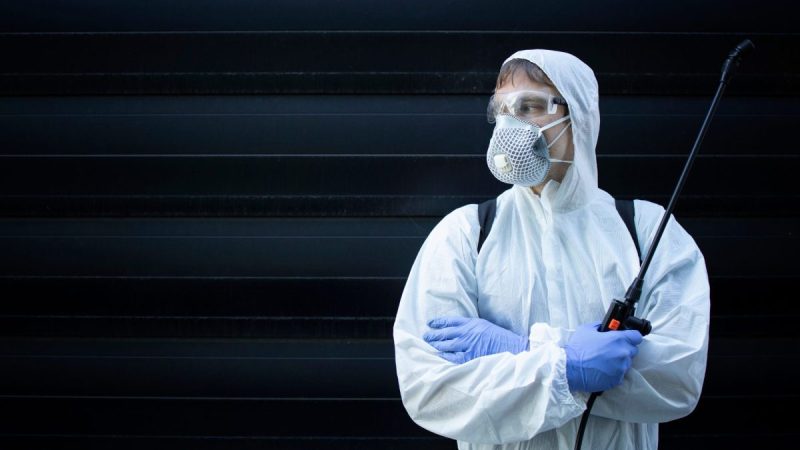
Pest control is essential for maintaining a healthy and pest-free environment, but the chemicals used in these treatments can be harmful if not handled carefully. Therefore, appropriate safety equipment is critical to safeguarding pest control professionals and individuals from potential health risks associated with chemicals and other hazards. To ensure their safety, both service providers and individuals must always wear protective gear during treatments.
To avoid skin irritation or even burns, always wear protective equipment during pest control treatments. This includes gloves, overalls, masks, and goggles.
Safety equipment – Gloves
Opt for gloves made of chemical-resistant materials like nitrile or latex. Choose the right size to ensure a snug yet comfortable fit.
Recommended products
-
You can find products on a different store
Change Store -
You can find products on a different store
Change Store -
You can find products on a different store
Change Store -
You can find products on a different store
Change Store -
You can find products on a different store
Change Store -
You can find products on a different store
Change Store -
You can find products on a different store
Change Store -
You can find products on a different store
Change Store -
You can find products on a different store
Change Store -
You can find products on a different store
Change Store -
You can find products on a different store
Change Store -
You can find products on a different store
Change Store -
You can find products on a different store
Change Store -
You can find products on a different store
Change Store -
You can find products on a different store
Change Store -
You can find products on a different store
Change Store -
You can find products on a different store
Change Store -
You can find products on a different store
Change Store -
You can find products on a different store
Change Store -
You can find products on a different store
Change Store -
You can find products on a different store
Change Store -
You can find products on a different store
Change Store -
You can find products on a different store
Change Store -
You can find products on a different store
Change Store
Coverall
To avoid skin contact, wearing coveralls is essential. These act as a physical barrier, preventing chemicals from reaching your skin.
Coveralls are recommended not only for handling hazardous chemicals, but also for situations with light spray, as even minor exposure can occur.
Choose coveralls made of chemical-resistant materials like polypropylene, cotton, or polyester blends. Look for a well-fitting option with a hood, watertight zipper, and elastic cuffs for optimal protection. Opting for a slightly larger size allows you to wear it comfortably over your clothes.
Recommended products
You can find products on a different store
Change StoreYou can find products on a different store
Change StoreYou can find products on a different store
Change StoreYou can find products on a different store
Change StoreYou can find products on a different store
Change StoreYou can find products on a different store
Change StoreYou can find products on a different store
Change StoreYou can find products on a different store
Change StoreYou can find products on a different store
Change StoreYou can find products on a different store
Change StoreYou can find products on a different store
Change StoreYou can find products on a different store
Change StoreYou can find products on a different store
Change StoreYou can find products on a different store
Change StoreYou can find products on a different store
Change StoreYou can find products on a different store
Change StoreYou can find products on a different store
Change StoreYou can find products on a different store
Change StoreYou can find products on a different store
Change StoreYou can find products on a different store
Change StoreYou can find products on a different store
Change StoreYou can find products on a different store
Change StoreYou can find products on a different store
Change StoreYou can find products on a different store
Change Store Read carefully and follow the instructions on the label of each product
Read carefully and follow the instructions on the label of each product
Safety Equipment – Respiratory and Gas Masks
Particles, smoke, fumes, vapors, and gases can quickly spread through the air and enter your body when inhaled, causing harm. Depending on the situation, various types of protective equipment are available. For protecting your respiratory system, masks are often a great choice and should be worn during all pest control treatments.
What is the difference between respiratory masks and gas masks?
Respirator or air filtration masks effectively shield against airborne particles, covering your mouth and nose for protection. However, it’s important to note that these masks are typically designed for low-hazard situations and may not offer adequate protection against chemicals, gases, or vapors.
Gas masks provide a complete facial seal, effectively filtering out harmful chemicals and gases. However, for optimal protection, ensure you choose the correct filter specifically designed for the chemicals you’ll encounter.
Respirator or air filtration masks
A respiratory mask is worn to safeguard the wearer by filtering or blocking out the inhalation of harmful substances, including aerosols, fine particles, and even airborne microorganisms.
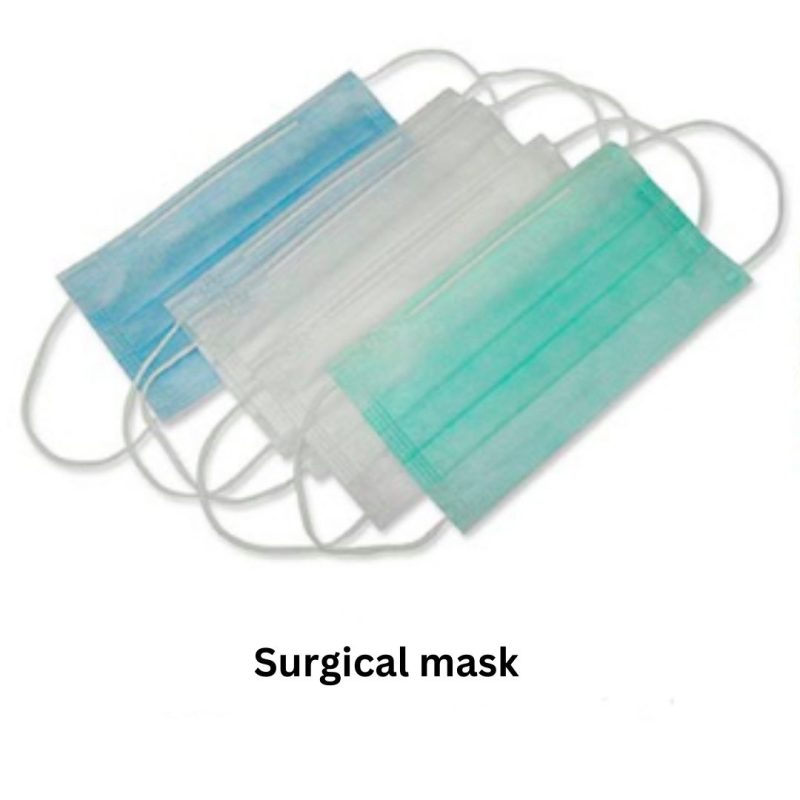
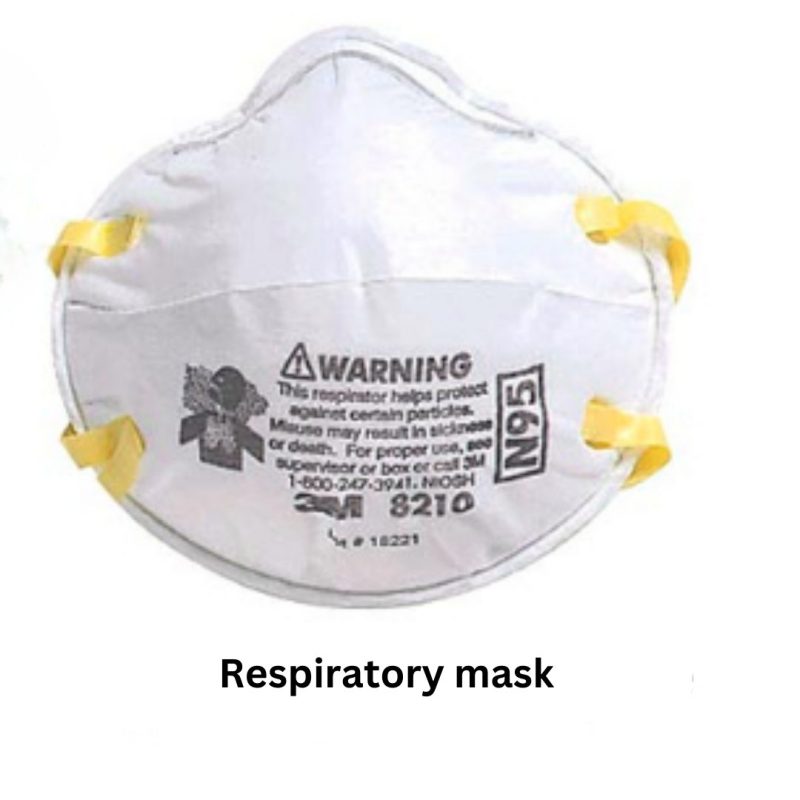
While surgical masks offer some protection against large droplets, their primary benefit is shielding others around the wearer.
Respiratory masks, on the other hand, effectively filter out tiny airborne particles like viruses and bacteria, providing enhanced protection for the wearer.
Types of Respiratory Masks
Respirators come in two main types:
- Half-face masks: These cover the wearer’s mouth and nose.
- Full-face masks: These provide complete facial coverage.
Half-face masks come in disposable or reusable options, with the reusable ones requiring filter replacements for continued protection. Some masks, for easier breathing and reduced condensation, have an exhalation valve.
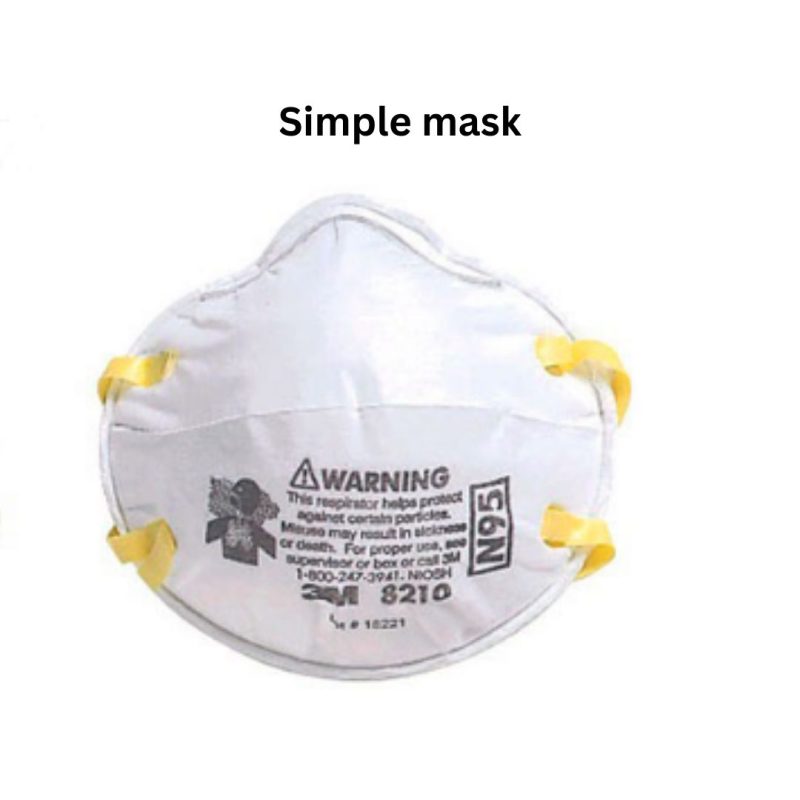
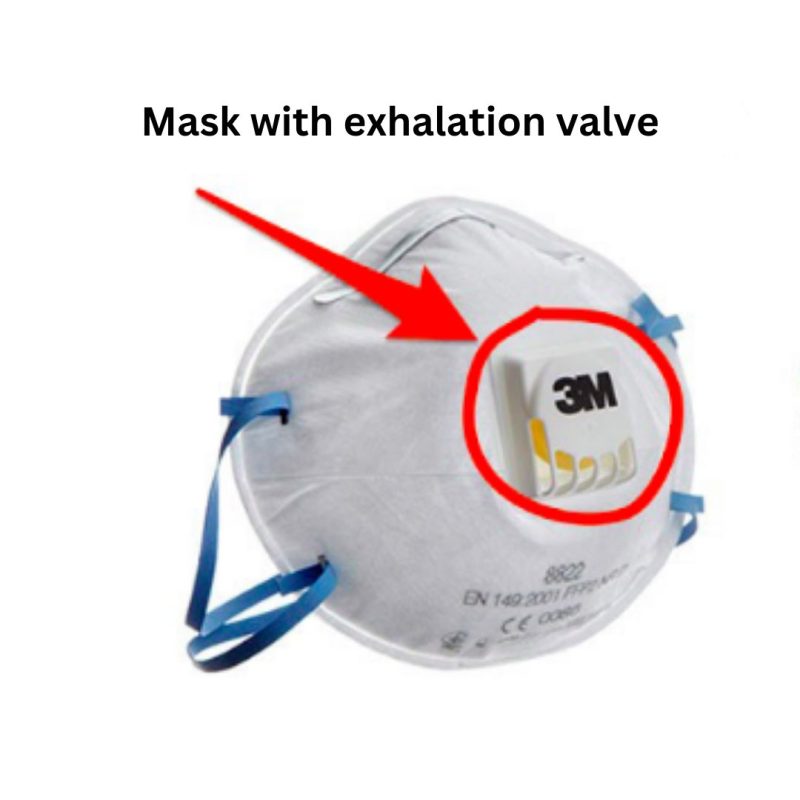
The disadvantage of exhalation valve masks is that they filter only in the inhalation direction (outside to inside), not in the reverse direction (inside to outside). When used in a medical context, it should be borne in mind that wearing this type of mask protects only the wearer, not those around him.
Recommended products
-
You can find products on a different store
Change Store -
You can find products on a different store
Change Store -
You can find products on a different store
Change Store -
You can find products on a different store
Change Store -
You can find products on a different store
Change Store -
You can find products on a different store
Change Store -
You can find products on a different store
Change Store -
You can find products on a different store
Change Store -
You can find products on a different store
Change Store -
You can find products on a different store
Change Store -
You can find products on a different store
Change Store -
You can find products on a different store
Change Store -
You can find products on a different store
Change Store -
You can find products on a different store
Change Store -
You can find products on a different store
Change Store -
You can find products on a different store
Change Store -
You can find products on a different store
Change Store -
You can find products on a different store
Change Store -
You can find products on a different store
Change Store -
You can find products on a different store
Change Store -
You can find products on a different store
Change Store -
You can find products on a different store
Change Store -
You can find products on a different store
Change Store -
You can find products on a different store
Change Store
Gas Masks
Gas masks are designed to safeguard wearers against harmful pollutants and toxins, whether chemical, biological, or radiological. Covering the entire face, they protect the respiratory system (mouth and nose), eyes, and other vulnerable facial tissues.
Recommended products
-
You can find products on a different store
Change Store -
You can find products on a different store
Change Store -
You can find products on a different store
Change Store -
You can find products on a different store
Change Store -
You can find products on a different store
Change Store -
You can find products on a different store
Change Store -
You can find products on a different store
Change Store -
You can find products on a different store
Change Store -
You can find products on a different store
Change Store -
You can find products on a different store
Change Store -
You can find products on a different store
Change Store -
You can find products on a different store
Change Store -
You can find products on a different store
Change Store -
You can find products on a different store
Change Store -
You can find products on a different store
Change Store -
You can find products on a different store
Change Store -
You can find products on a different store
Change Store -
You can find products on a different store
Change Store -
You can find products on a different store
Change Store -
You can find products on a different store
Change Store -
You can find products on a different store
Change Store -
You can find products on a different store
Change Store -
You can find products on a different store
Change Store -
You can find products on a different store
Change Store
Gas masks typically consist of a mask body and a replaceable filter. They come in two main categories: full-face masks and half-face masks. Half-face masks can be disposable or reusable, requiring filter replacements for continued protection.
Choosing the right filter is crucial for a gas mask’s effectiveness, regardless of the situation. Whether you encounter dust, smoke, toxic gases, or other invisible hazards, an effective gas mask is your safety shield. However, its effectiveness hinges on the chosen filter.
In any situation, it’s advisable to opt for a high-protection filter like P3 or ABEK. These filters offer broad-spectrum protection against a wider range of threats, ensuring more comprehensive safety.
Recommended products
-
You can find products on a different store
Change Store -
You can find products on a different store
Change Store -
You can find products on a different store
Change Store -
You can find products on a different store
Change Store -
You can find products on a different store
Change Store -
You can find products on a different store
Change Store -
You can find products on a different store
Change Store -
You can find products on a different store
Change Store -
You can find products on a different store
Change Store -
You can find products on a different store
Change Store -
You can find products on a different store
Change Store -
You can find products on a different store
Change Store -
You can find products on a different store
Change Store -
You can find products on a different store
Change Store -
You can find products on a different store
Change Store -
You can find products on a different store
Change Store -
You can find products on a different store
Change Store -
You can find products on a different store
Change Store -
You can find products on a different store
Change Store -
You can find products on a different store
Change Store -
You can find products on a different store
Change Store -
You can find products on a different store
Change Store -
You can find products on a different store
Change Store -
You can find products on a different store
Change Store
Safety Equipment – Glasses
Protective eyewear is crucial for pest control treatments, shielding your eyes from dust, debris, and harmful chemicals.
Standard safety glasses: Offer basic protection against dust and splashes.
Tight-fitting goggles: These provide the highest level of protection by creating a seal around the eyes. Snug against your face, they offer complete defense against chemical splashes and airborne particles. This tight fit is crucial to prevent harmful chemicals and particles from entering your eyes. Remember, chemical vapors can enter your body through the eyes and cause serious irritation, burns, and even blindness.
Recommended products
-
You can find products on a different store
Change Store -
You can find products on a different store
Change Store -
You can find products on a different store
Change Store -
You can find products on a different store
Change Store -
You can find products on a different store
Change Store -
You can find products on a different store
Change Store -
You can find products on a different store
Change Store -
You can find products on a different store
Change Store -
You can find products on a different store
Change Store -
You can find products on a different store
Change Store -
You can find products on a different store
Change Store -
You can find products on a different store
Change Store -
You can find products on a different store
Change Store -
You can find products on a different store
Change Store -
You can find products on a different store
Change Store -
You can find products on a different store
Change Store -
You can find products on a different store
Change Store -
You can find products on a different store
Change Store -
You can find products on a different store
Change Store -
You can find products on a different store
Change Store -
You can find products on a different store
Change Store -
You can find products on a different store
Change Store -
You can find products on a different store
Change Store -
You can find products on a different store
Change Store
Recommendations:
Ensure your protective equipment is in good working order, free of cracks or any damage that could compromise your safety.
Throughout the pest control treatment, keep your protective equipment worn.
Don’t remove your protective gear until the treatment is fully complete and you’ve washed your hands thoroughly.
Conclusion
Protective gear is your lifeline during pest control treatments, shielding you from potential hazards. Choosing the right equipment and using it properly ensures both a safe and effective treatment.















































































































































































































































































































































































































































